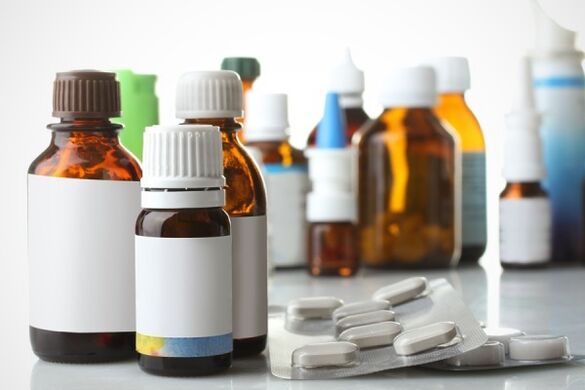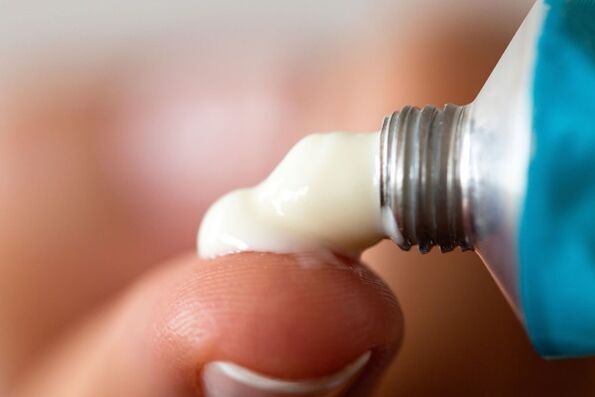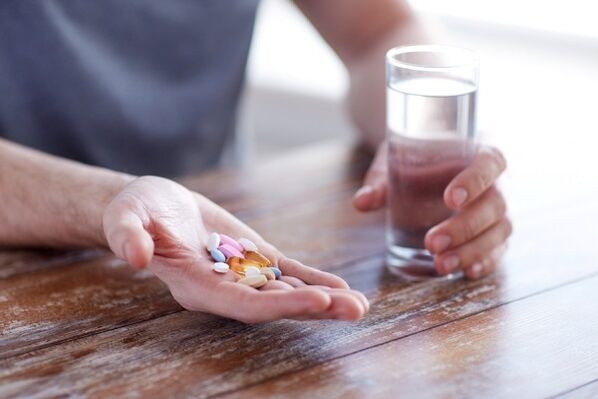Papillomavirus infection is one of the most common viral diseases of the skin and mucous membranes. Almost every person at least once in his life is faced with one or another of its manifestations. More than 100 types of human papillomavirus (HPV) are known, each of which causes neoplasms of a certain type and localization: papillomas on the body, mucous membranes, convex and flat warts on the arms and legs, genital warts and other growths. Papillomas can be single or multiple. Choosing an effective remedy for papillomas is not an easy task, so it is better to entrust it to a dermatologist.

Types of HPV drugs
The drugs used in the treatment of HPV are divided into the following groups:
- Anti virus.
- Immunostimulant.
- Means for the destruction of neoplasms.
First you need to determine the nature of the neoplasm: sometimes it is difficult to distinguish a papilloma from a mole or condyloma. Then, using PCR analysis, determine the type of virus, since some of them contribute to the development of malignant neoplasms. Drugs against papillomas can be used in combination or separately.
Anti virus
Drug treatment of skin neoplasms caused by HPV is rarely complete without drugs from this group. They have a detrimental effect on viruses, prevent reproduction, and have an immunomodulatory effect.
Pharmaceutical preparations are very popular, which are produced in several dosage forms: injections, tablets, suppositories, ointments and gels. Usually, with a single formation, local application may suffice.
Antiviral ointments and gels are prescribed before and after laser therapy, electrocoagulation procedures, and after that, they provide high efficiency of treatment and prevention of relapse.

What are the indications for the appointment of systemic drugs against viruses:
- HPV infection with high oncological risk and high potential, confirmed by PCR;
- multiple papillomas on the body (this indicates high HPV activity);
- primary and secondary immunodeficiency states (when the body cannot cope with the viral load on its own).
Antiviral drugs (injections and tablets) are contraindicated:
- during pregnancy;
- during breastfeeding;
- with individual intolerance.
Most medications are available by prescription.
What antiviral drugs are considered the most effective, and able to get rid of papillomas?
inosine tablets
This drug is available in tablet form. It is one of the most popular drugs for papillomas today. The active substance is inosine (purine derivative). Has a complex effect:
- blocking viral enzymes, leading to their death;
- activate interferon production;
- activate lymphocytes;
- inhibits the formation of inflammatory mediators.
It is prescribed 2 tablets per day for 2 weeks, if necessary, it is possible to extend the course of treatment up to a month. Can be used in children over 3 years.
During the reception, nausea, headache, exacerbation of gout may occur.

Drugs based on meglumine acridone acetate
This drug is available in two forms: injection and tablets. The active ingredient is meglumine acridone acetate. Its mechanism of action is interferon induction.
Effect:
- anti virus;
- immunomodulators;
- anti-inflammatory.
Intramuscular injections of the drug are administered daily, up to 10 injections per course.
Means based on glycosides isolated from nightshade stems
Release form: solution for intravenous injection, ointment, gel spray inlay for the treatment of the oral cavity, intimate spray gel for the treatment of papillomas on the genitals. The active substance is a glycoside isolated from nightshade stems.
This is a modern drug against viruses with a wide spectrum of action:
- anti-inflammatory,
- immunomodulator,
- promote tissue regeneration.
Intravenous injections are prescribed according to the scheme: the first 3 times in 2 days, the next 5 times in 3 days. Topical formulations and injections are generally well tolerated. Ointments and gels are allowed to be used during pregnancy and lactation.
Immunostimulant
Multiple papillomas often indicate damage to the body. Drugs in this group have a stimulating effect on the immune system. Before use, consultation with an immunologist and additional examination (immunogram) is required.
By themselves, immunostimulants cannot eliminate the external manifestations of the human papillomavirus. But with confirmed immunodeficiency, they should be included in the HPV treatment complex. They are compatible with antiviral drugs, antibiotics, antifungal agents.
Immunostimulants are prohibited from using:
- during pregnancy;
- lactation;
- individual intolerance.
They are sold in pharmacies by prescription. Which of the drugs in this group is the most effective?
Composition for the destruction of papillomas
Drugs of this group have a direct medicinal effect on papillomas. They contain aggressive components that destroy epithelial cells. Which of them is the most popular among doctors and patients and is able to get rid of skin neoplasms associated with HPV?
Frozen medicine
Papillomas are affected by a temperature of -57 ° C, which leads to a violation of the blood supply and necrosis. This drug is sold in pharmacies without a doctor's prescription.
The product should not be used on areas with delicate skin (face, axillary area, intimate areas) and on mucous membranes.
This kit includes a vial with a mixture of propane and dimethyl ether, a plastic holder, and a foam rubber applicator. In one session, several formations can be processed. The exposure time depends on the size of the papilloma, but should not exceed 40 seconds. Falls from papillomas occur in 10-14 days. To remove the formation, 1 to 4 procedures are required.
Drops based on methacrysol
Drops for external use with applicator included. This is a relatively new effective drug for papillomas. Its main component is metacresol. It has a burning effect, causes the death of the virus and the destruction of neoplasms.
The drug is applied to the elements very carefully, precisely to the target. If a drop of the solution comes into contact with healthy surrounding tissue, it should be removed immediately with a dry cotton swab. Small papillomas on the body are treated once, larger ones 3-4 times, at intervals of several minutes, after the previous layer has dried.
It is impossible to treat papillomas located in skin folds, interdigital spaces with drugs.
It is better to entrust the removal of neoplasms in the anogenital zone to medical professionals.
Preparations based on acid mixtures
The release form is a vial with solution, a plastic applicator for local application and a glass capillary for treating large surfaces.
The drug contains a mixture of acids: trichloroacetic, oxalic, nitric and lactic. Drops of the solution cause chemical burns of the tissues, which leads to the mummification of papillomas.
The agent is gently applied to the affected area until the color changes. After the effect of this drug on papillomas, a crust forms on its surface, which disappears on its own after 10-12 days. If the effect is insufficient, the procedure must be repeated.
Treatment results
After the use of drugs, viral DNA remains in the human body. The purpose of using the drug for papillomas is to eliminate external manifestations, strengthen immunity, and achieve the transition of HPV infection to a latent form. Only local impact is possible with a single formation on the body. In other cases, the effectiveness is 25-50%.
What conditions are needed to achieve the best results?
- full diagnostics;
- a combined approach to treatment;
- selection of the optimal treatment regimen.
Therefore, the key to successful papillomavirus treatment is to seek medical help in a timely manner. There are many medications for papillomas, and a specialist must determine which is best for a person in each case.














































































